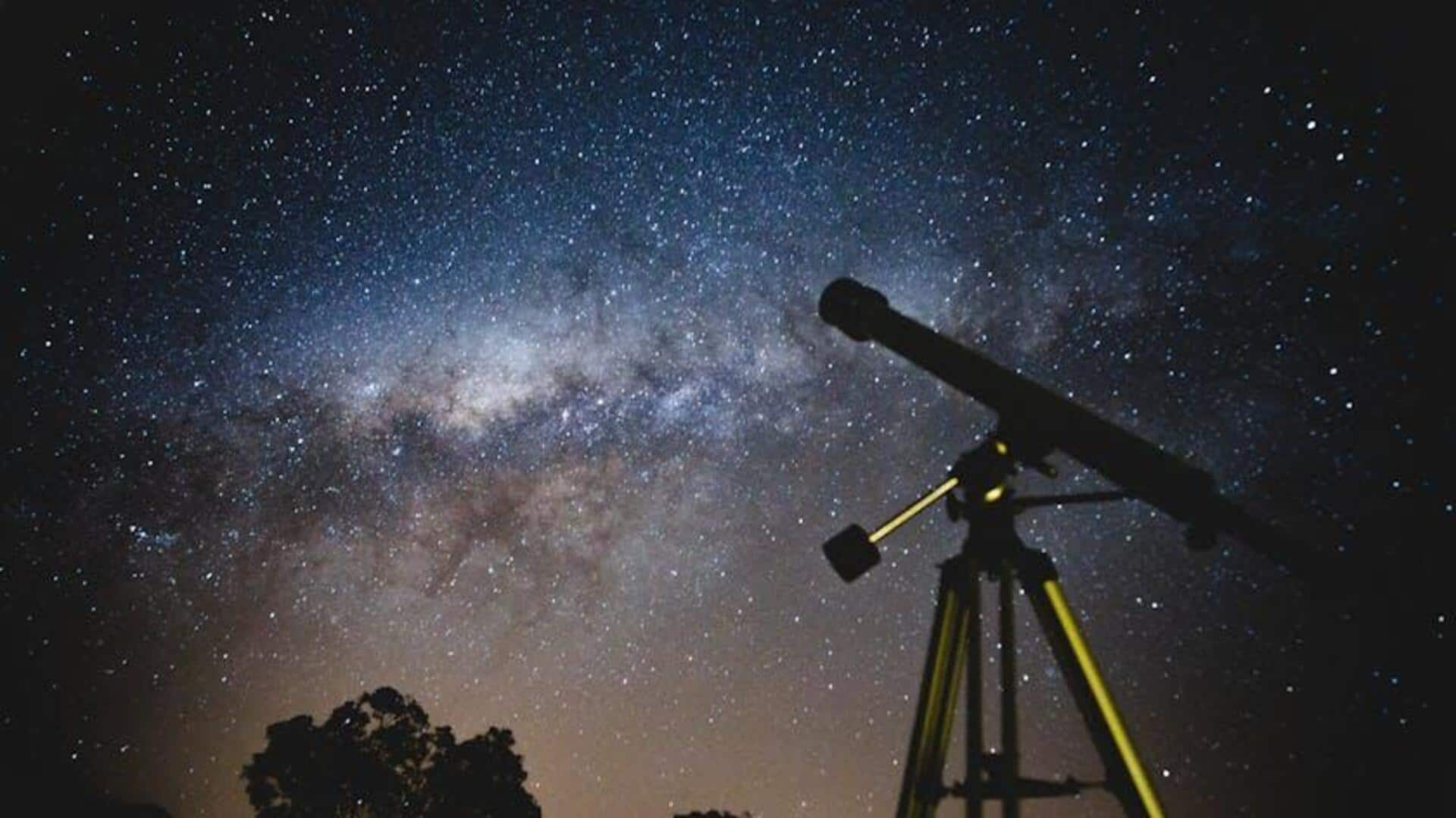Category: 7. Science
-
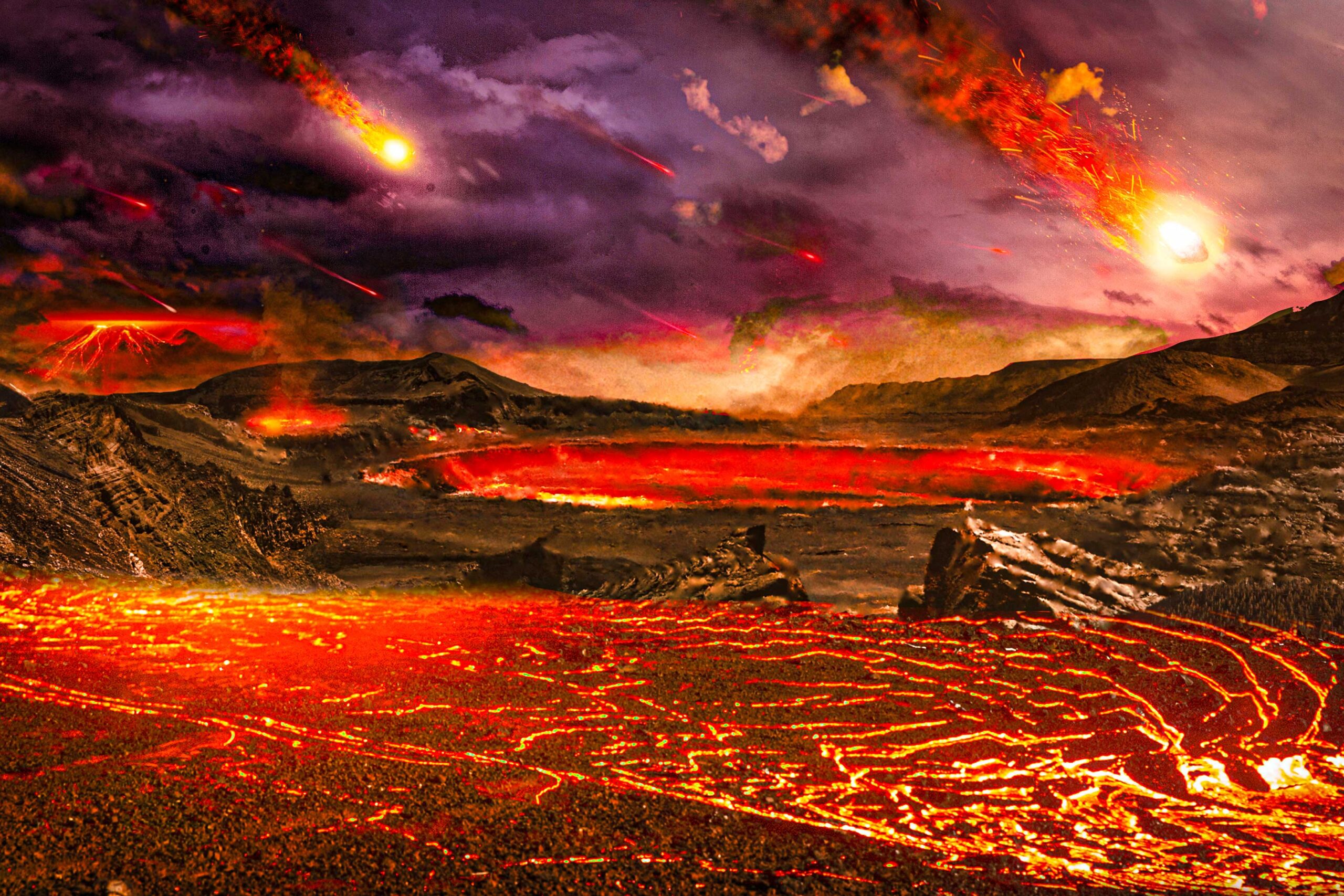
Geologists discover the first evidence of 4.5-billion-year-old “proto Earth” | MIT News
Scientists at MIT and elsewhere have discovered extremely rare remnants of “proto Earth,” which formed about 4.5 billion years ago, before a colossal collision irreversibly altered the primitive planet’s composition…
Continue Reading
-

New £4 million fellowship programme to explore AI’s impact on science
Image: ©Khanchit Khirisutchalual | iStock The AI Metascience Fellowship Programme: A new £4 million international fellowship programme has been launched to investigate how artificial intelligence (AI) is transforming…
Continue Reading
-
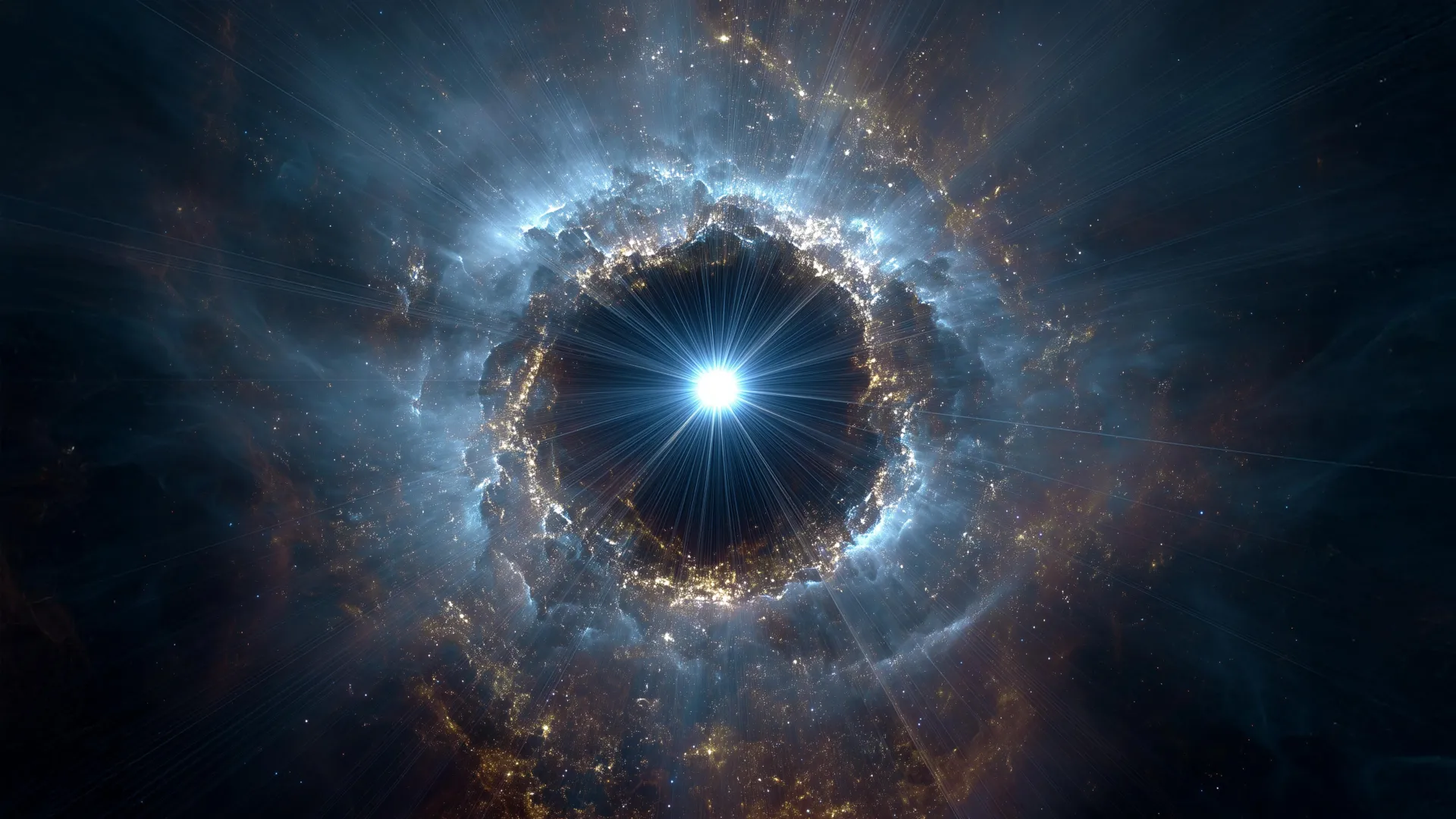
JWST may have found the Universe’s first stars powered by dark matter
In the early universe, a few hundred million years after the Big Bang, the first stars emerged from vast, untouched clouds of hydrogen and helium. Recent observations from the James Webb Space Telescope (JWST) suggest that some of these early…
Continue Reading
-

Robotics Information | AZoRobotics.com – Page not found
Terms
While we only use edited and approved content for Azthena
answers, it may on occasions provide incorrect responses.
Please confirm any data provided with the related suppliers or
…Continue Reading
-
Rare Comet Older Than the Sun Seen by Mars Orbiters – SciTechDaily
- Rare Comet Older Than the Sun Seen by Mars Orbiters SciTechDaily
- ESA’s ExoMars and Mars Express observe comet 3I/ATLAS European Space Agency
- Physicists uncork a message in a bottle from another star EurekAlert!
- Interpretation of the Stripe in…
Continue Reading
-
The Sky Today on Tuesday, October 14: Look south for Pluto and M75 – Astronomy Magazine
- The Sky Today on Tuesday, October 14: Look south for Pluto and M75 Astronomy Magazine
- The Great Moon-Jupiter Alignment: A Rare Opportunity for Stargazers SSBCrack
- Starwatch: worth staying up for pleasing view of moon encountering Jupiter and…
Continue Reading
-
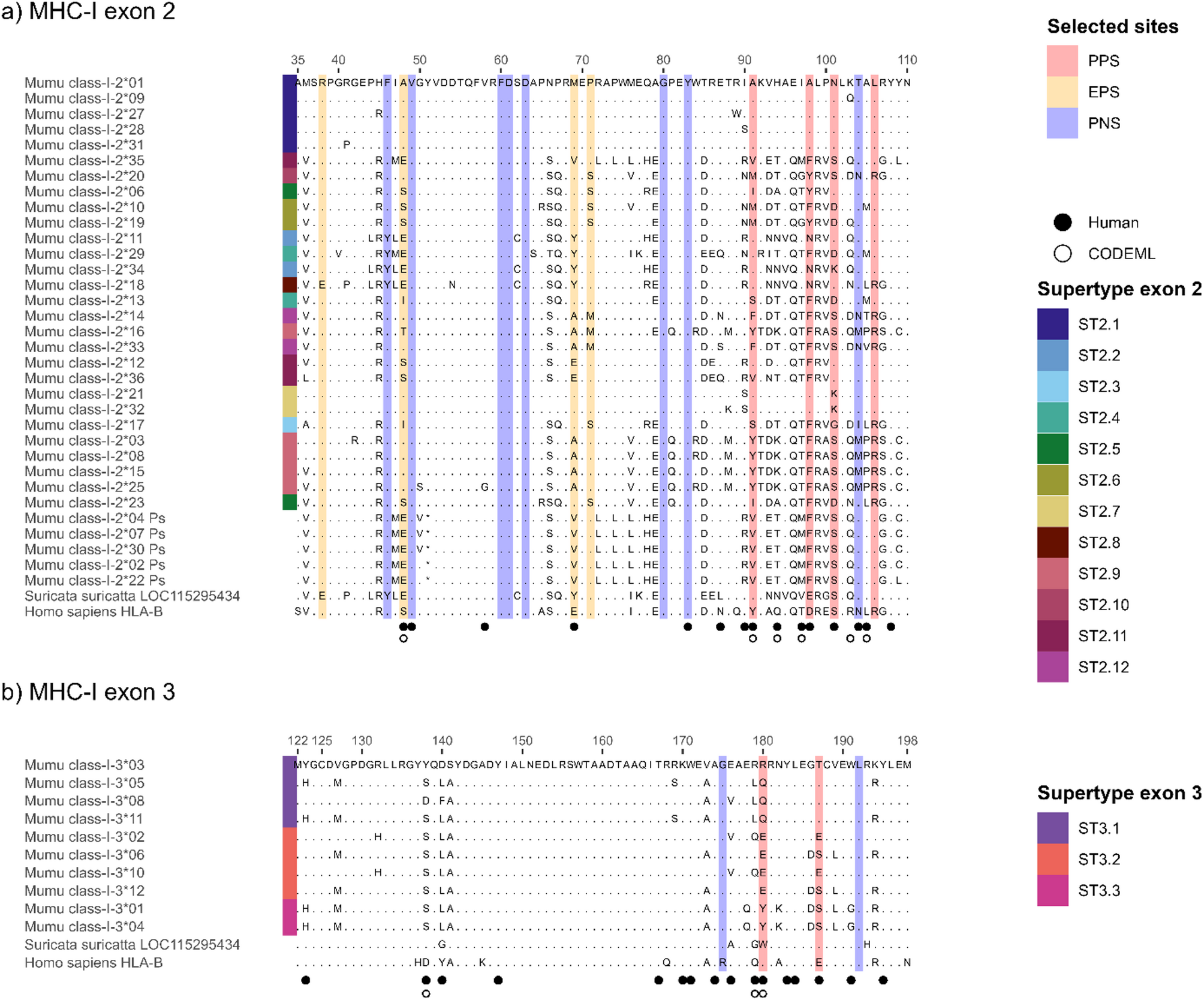
Inbreeding does not reduce major histocompatibility complex diversity in the banded mongoose | BMC Ecology and Evolution
Bitarello BD, De Filippo C, Teixeira JC, Schmidt JM, Kleinert P, Meyer D, Andres AM. Signatures of long-term balancing selection in human genomes. Genome Biol Evol. 2018. https://doi.org/10.1093/gbe/evy054.
Continue Reading
-
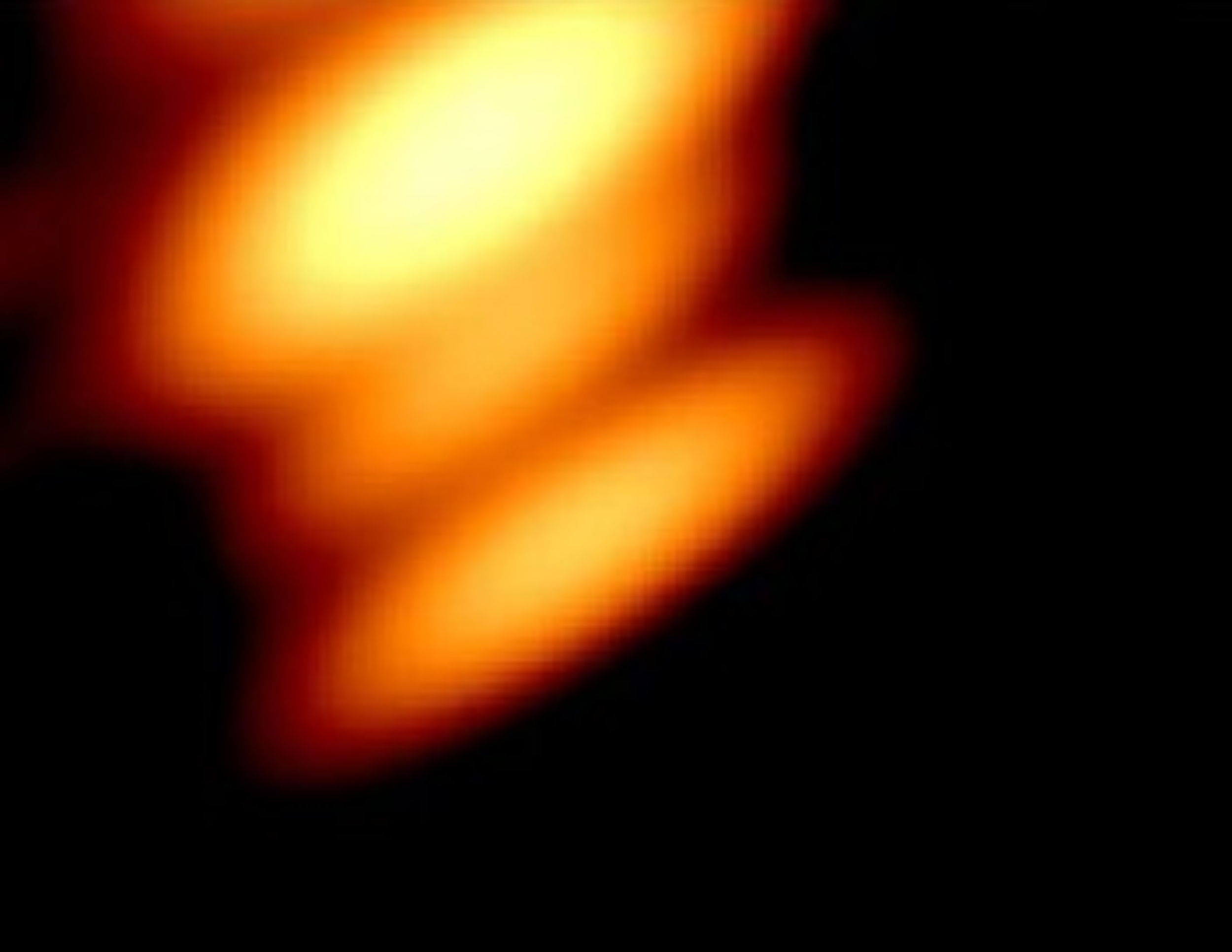
Scientists capture two black holes orbiting each other for first time
For years, black holes were more like science fiction than science. Now we have a photo – an actual image – of not just one, but two black holes dancing around each other in space.
Astronomers have confirmed what they’ve long suspected:…
Continue Reading
-

Sperm ‘switch’ discovery could lead to new fertility therapies
Scientists have discovered the molecular ‘switch’ that powers sperm for fertilisation, which could potentially lead to new infertility treatments.

Michigan State University researchers have discovered the molecular mechanism…
Continue Reading
